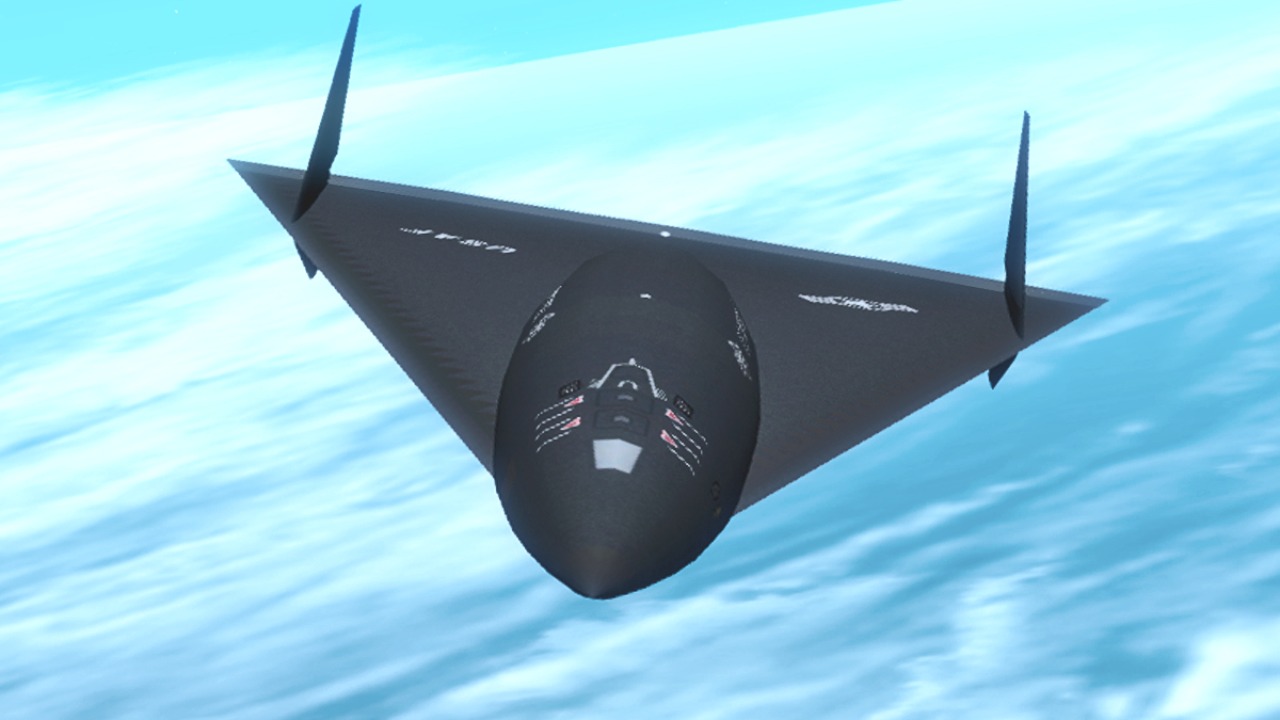
For decades, aviation enthusiasts and conspiracy theorists have speculated about the existence of the Aurora, a supposed hypersonic spy plane developed by the United States. Despite numerous claims and alleged sightings, the reality of the Aurora remains shrouded in mystery, continuing to fuel debates and intrigue.
The Origins of the Aurora Legend
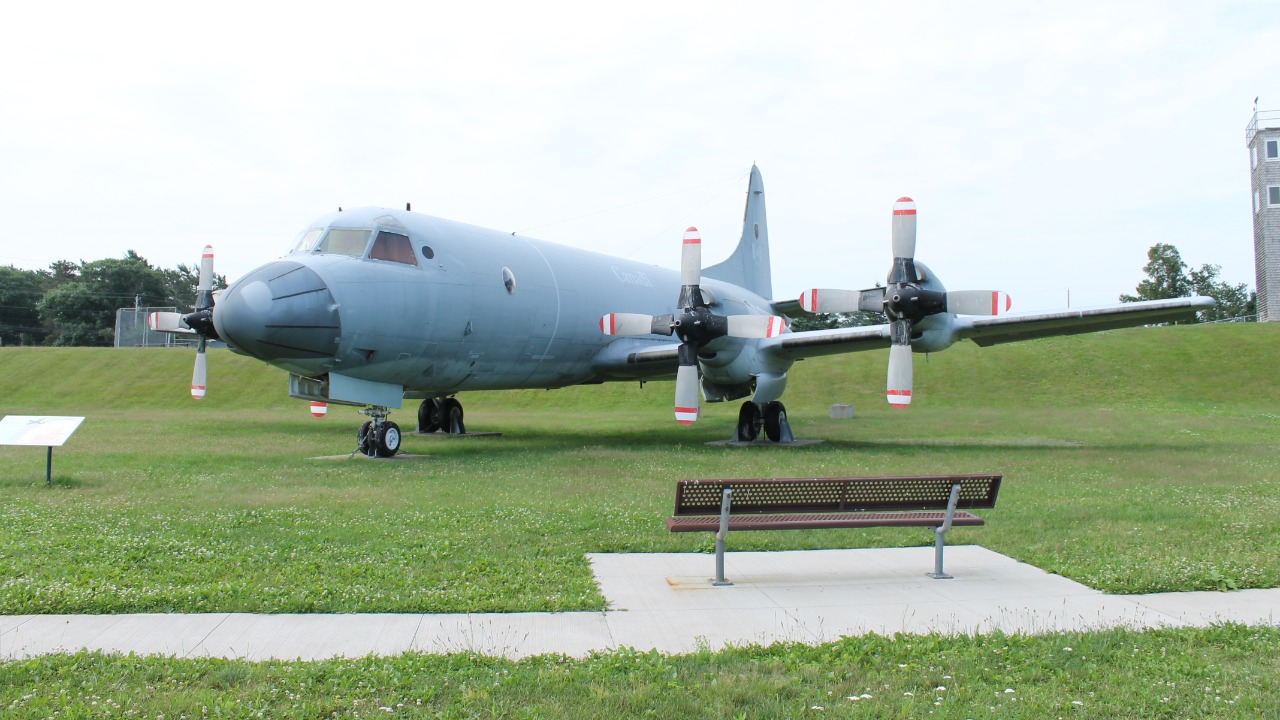
The legend of the Aurora aircraft began in the 1980s and 1990s, a period marked by intense speculation and secrecy. Initial rumors about the aircraft stemmed from reports and discussions within aviation circles, suggesting the development of a new, highly advanced spy plane. The Cold War era prompted a significant demand for cutting-edge surveillance technology, as the United States sought to maintain its intelligence advantage over the Soviet Union.
Speculation about the Aurora’s existence was further fueled by intriguing budget documents and alleged leaks. Notably, a 1985 Pentagon budget document mentioned a mysterious project listed as “Aurora,” leading many to believe it was a codename for a new reconnaissance aircraft. While the U.S. government never confirmed these claims, the combination of secrecy and high-stakes geopolitical tension helped solidify the Aurora’s place in aviation folklore.
Technological Feasibility and Challenges
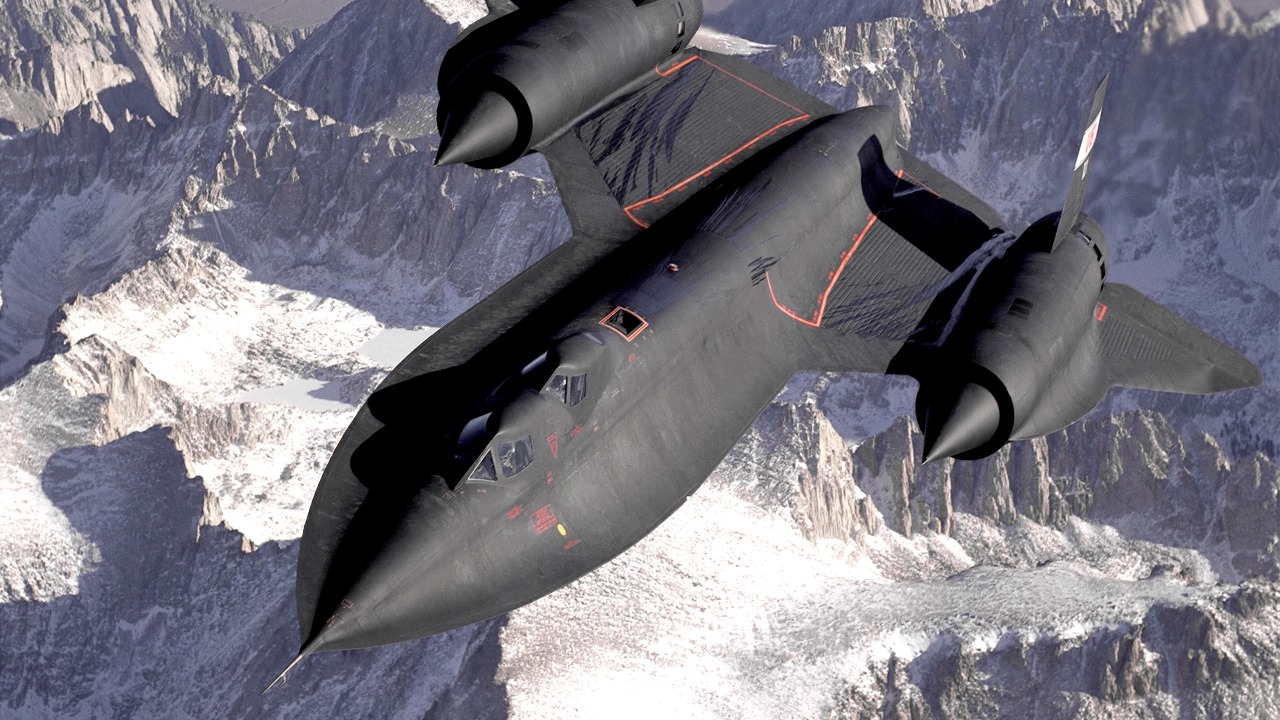
Creating a hypersonic aircraft like the rumored Aurora presents formidable engineering challenges. Hypersonic technology, which involves speeds exceeding Mach 5, requires advanced materials and propulsion systems that can withstand extreme temperatures and pressures. The SR-71 Blackbird, a predecessor in reconnaissance aircraft, serves as a benchmark for technological leaps needed to achieve such capabilities.
Aviation experts often compare the Aurora to the SR-71, highlighting the significant advancements that would be necessary to move from supersonic to hypersonic flight. While some experts speculate on the feasibility of such technology, others remain skeptical, arguing that the challenges are too great even for modern engineering. Insights from these experts contribute to the ongoing debate regarding whether the Aurora could have realistically existed with the capabilities attributed to it.
Alleged Sightings and Evidences
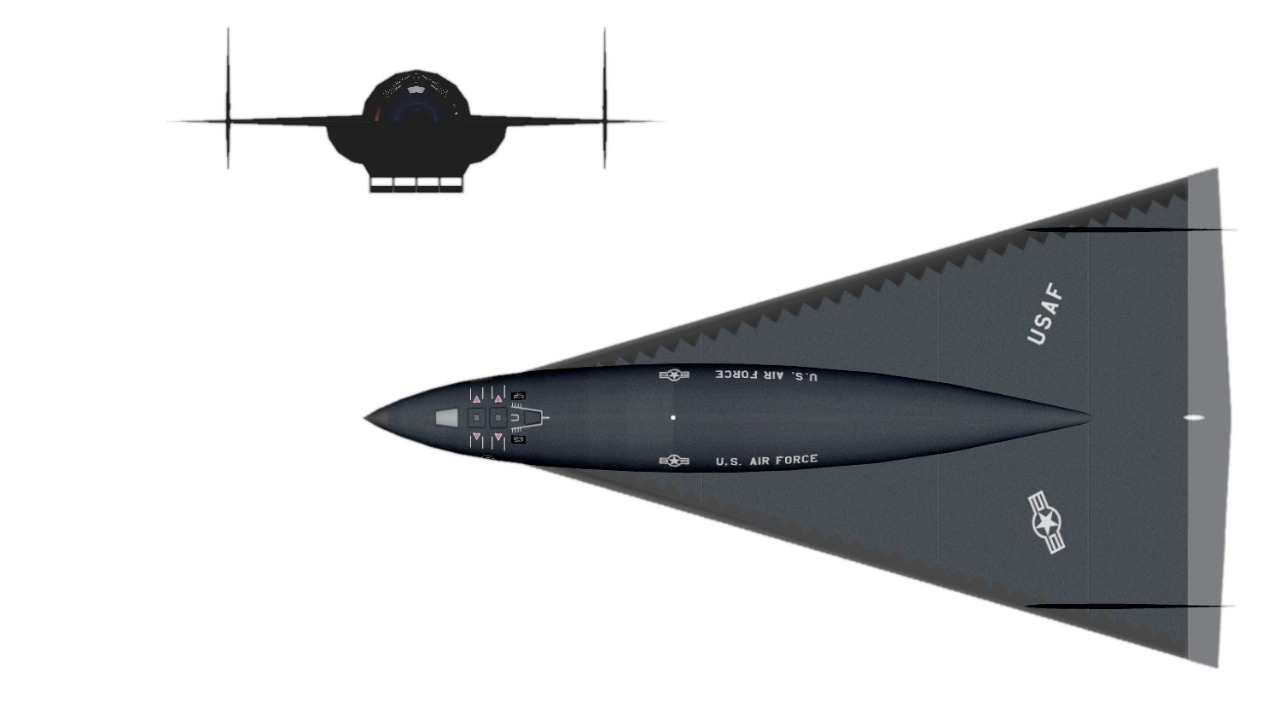
Over the years, numerous eyewitness accounts and radar sightings have added fuel to the Aurora myth. Pilots, military personnel, and civilians have reported seeing unusual aircraft that they believed could be the mysterious spy plane. These sightings, often described as triangular or diamond-shaped objects moving at extraordinary speeds, continue to be a focal point for believers.
Photographic and video evidence purportedly showing the Aurora has surfaced sporadically, though often with significant discrepancies. Skeptics frequently attempt to debunk these claims, suggesting that the sightings and images could be attributed to other, known aircraft or natural phenomena. The ongoing debate between believers and skeptics keeps the legend of the Aurora alive, despite the lack of definitive evidence.
Government Secrecy and Disinformation
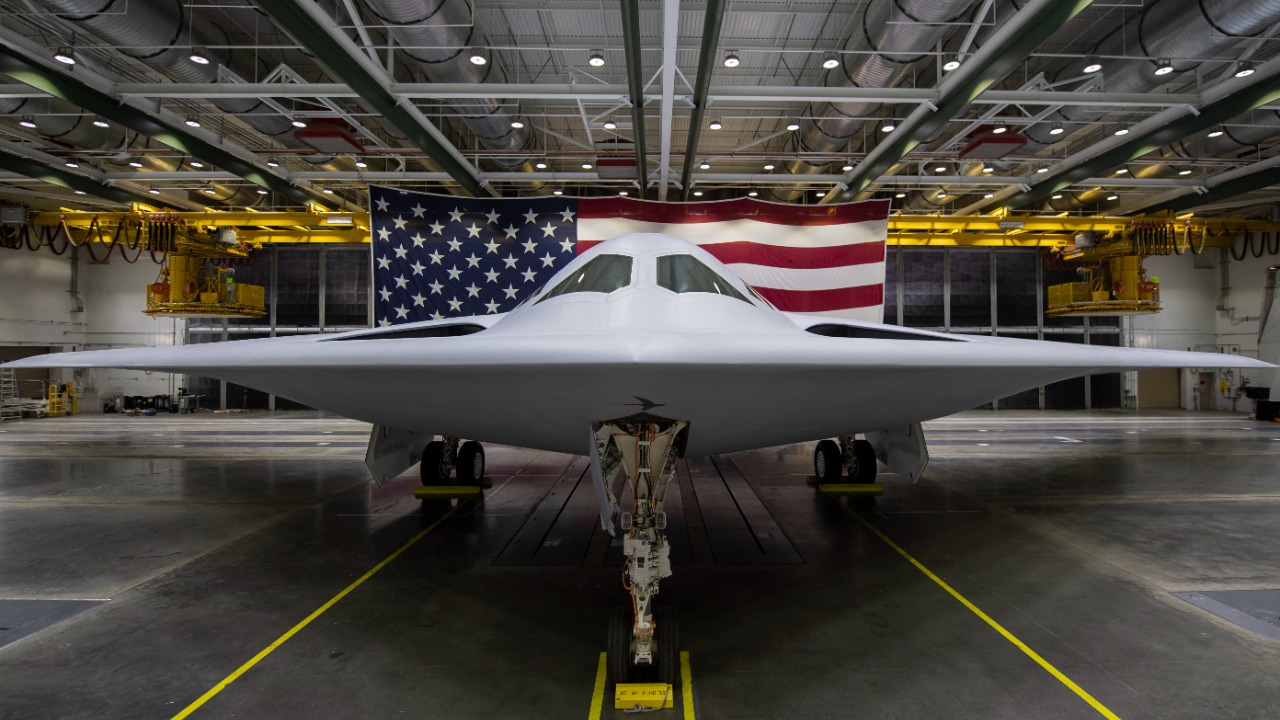
The role of government secrecy in fostering the Aurora legend cannot be overstated. The U.S. military and intelligence communities have a history of maintaining classified programs, leading to public speculation about undisclosed projects. The very nature of classified information often leaves room for myths to flourish, as secrecy breeds curiosity and conjecture.
Some suggest that disinformation campaigns could have contributed to the Aurora myth, potentially as a cover for other projects. By allowing rumors of a hypersonic spy plane to circulate, the government might have diverted attention from other, more concrete developments. Understanding how classified programs are revealed over time can provide insight into why the Aurora legend persists, even in the face of official denials.
Impact on Popular Culture and Aviation Enthusiasts
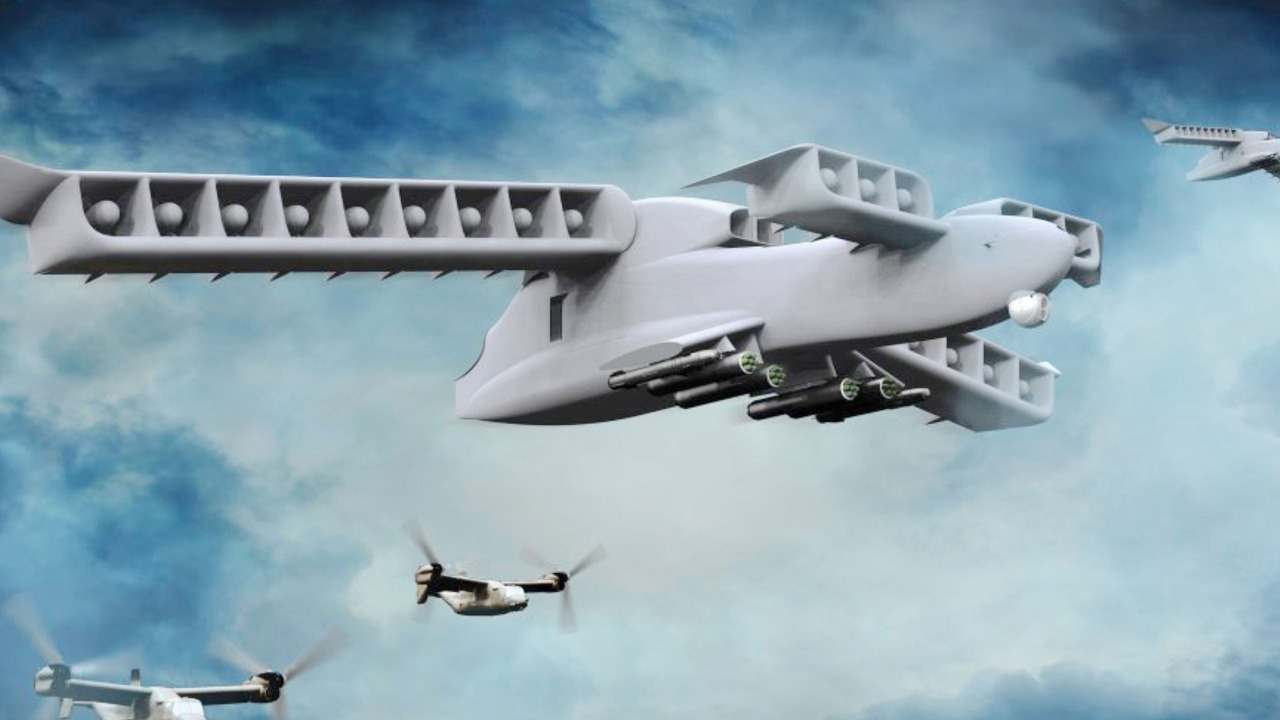
The Aurora has left a lasting impact on popular culture, inspiring numerous films, books, and other media. The allure of a secretive, advanced aircraft captures the imagination, providing fertile ground for storytelling and speculation. Aviation enthusiasts and conspiracy theorists alike find themselves captivated by the mystery, driven by a desire to uncover the truth.
Beyond its influence on media, the Aurora myth has broader implications for public perception of military technology. Legends like the Aurora challenge our understanding of what is possible, pushing the boundaries of innovation and secrecy. As such, they continue to inspire curiosity and debate, reflecting society’s fascination with the unknown and the possibilities of advanced aviation technology.
For those interested in exploring further, the Wikipedia page on the Aurora provides a comprehensive overview of the subject. Similarly, an article on Air Data News delves into the question of the Aurora’s existence. For a critical perspective, The National Interest offers an analysis debunking the myth of the Aurora as merely a rumor.